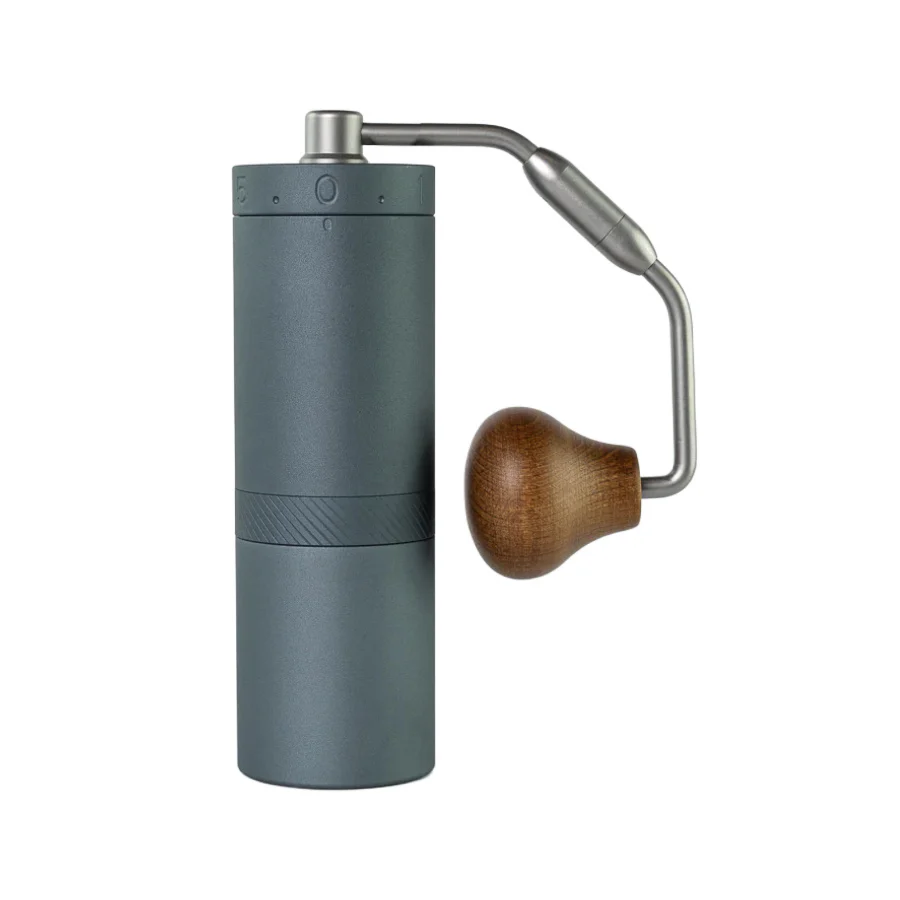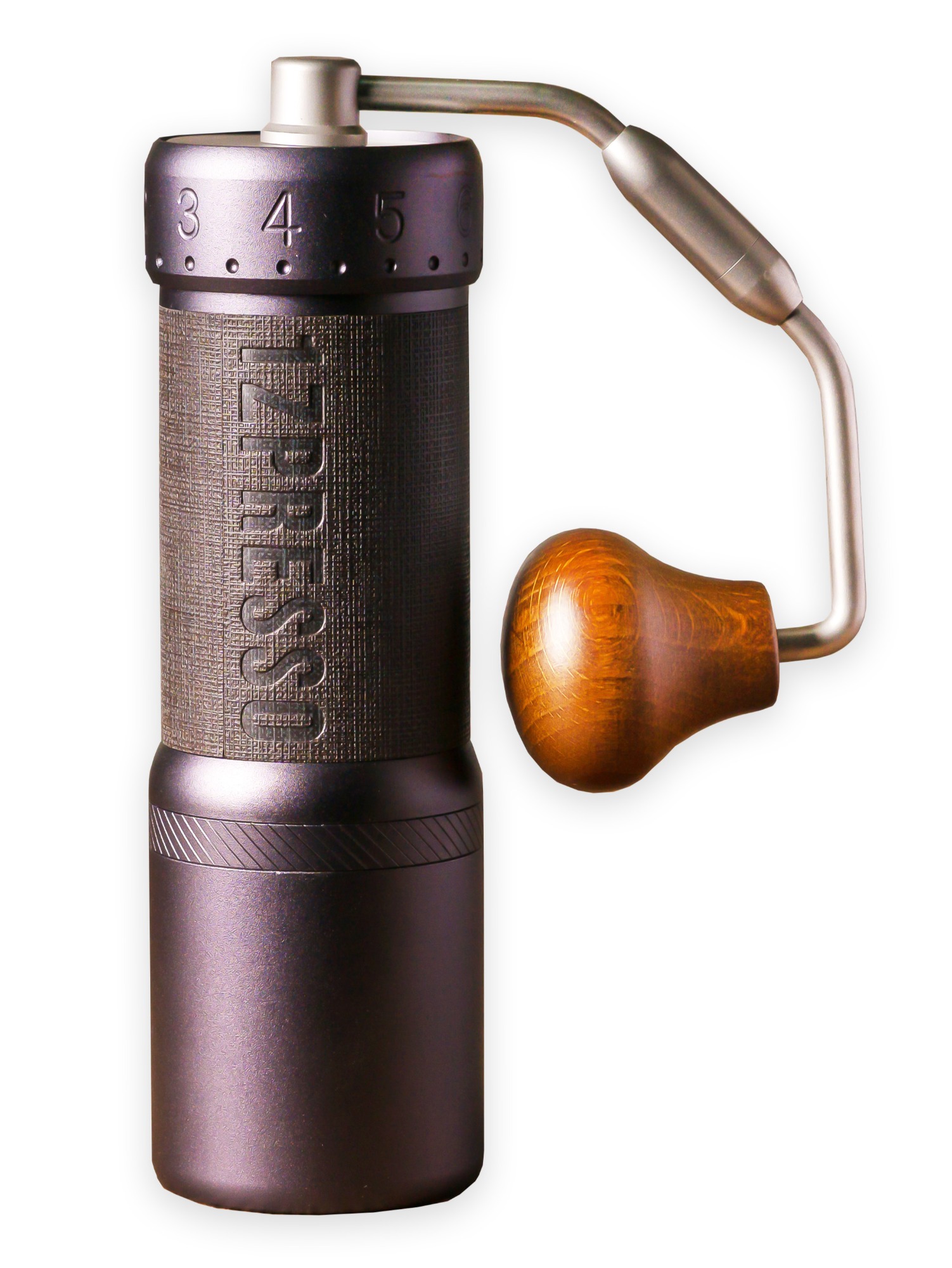Opening Taste Possible: Fulfill the 1Zpresso J-Ultra Coffee Mill
Opening Taste Possible: Fulfill the 1Zpresso J-Ultra Coffee Mill
Blog Article
Master the Art of Grinding Coffee Beans: A Guide to Coffee Grinders
For coffee lovers, the procedure of grinding coffee beans is even more than simply a routine task; it is an art type that can substantially affect the taste and quality of the final mixture. Coffee mills play an important role in this delicate procedure, yet grasping their use entails greater than simply pushing a switch. Recognizing the subtleties of various grinder types, choosing the appropriate grind size, and using the right strategies are vital steps in the direction of accomplishing that best cup of coffee. The trip towards ending up being a coffee grinding maestro does not finish there. As we explore the details of this craft, we will uncover upkeep keys, repairing suggestions, and a lot more, all intended at elevating your coffee experience to new elevations.
Kinds of Coffee Grinders
There are 3 key kinds of coffee mills typically utilized by coffee lovers: blade mills, burr mills, and hands-on mills. Blade grinders are the many fundamental type, utilizing a basic blade to cut the coffee beans. While they are budget-friendly and very easy to make use of, they often result in uneven coffee grounds due to irregular grinding. Burr mills, on the other hand, provide more precision by squashing the beans in between a relocating grinding wheel and a non-moving surface. This results in an uniform work dimension, which is essential for a constant coffee flavor. Burr grinders come in both level and cone-shaped shapes, each offering slightly various grinding features.
Hand-operated mills, as the name recommends, require hand-operated initiative to grind the coffee beans. They are commonly favored by those that appreciate the procedure of hand brewing coffee or for those that value portability. Hands-on mills can vary in design, from simple handheld models to more intricate kitchen counter versions. While they may call for even more initiative, hands-on grinders use control over the grinding process, permitting users to readjust the grind size to their choice. Each kind of coffee mill has its advantages and suitable use situations, providing to the diverse choices of coffee fanatics.

Selecting the Right Work Dimension
With an understanding of the various kinds of coffee grinders, the next important action in attaining the perfect cup of coffee is choosing the appropriate work size. The grind size plays a considerable duty in determining the flavor profile of your coffee (1Zpresso J-Max). Various brewing approaches need details grind sizes to enhance the removal of tastes from the coffee grounds
For a coarse work, perfect for French press and cold brew techniques, the coffee beans need to resemble breadcrumbs, giving a robust and vibrant flavor. Medium-coarse grinds, suitable for Chemex or Clever Dripper, have a structure comparable to crude sand, offering a well balanced preference.
Tool grinds, often used in drip coffee makers, have a more consistency looking like routine sand, causing an all-around taste. Great grinds, best for espresso makers, are akin to table salt, yielding a rich and intense preference. Finally, extra-fine grinds, used in Turkish coffee, are as fine as powdered sugar and create a strong and potent brew.
Grinding Techniques for Optimal Flavor
To extract the fullest potential of flavor from your coffee beans, mastering proper grinding techniques is essential. Consistency is crucial when it comes to grinding coffee beans for optimal flavor. Making certain that the coffee beans are ground equally is important to achieve a well balanced removal during the brewing procedure. Among the basic methods for boosting flavor is to change the grind size based upon the brewing method being utilized. For instance, a great grind is perfect for coffee devices, while a rugged work is preferable for French press brewing. In addition, the grinding time plays a considerable role in taste extraction. Over-grinding can cause a bitter taste, while under-grinding might result in a sour taste. It is recommended to explore different grind dimensions and developing times to discover the perfect balance that suits your taste choices. By paying attention to these grinding methods, you can elevate the taste account of your coffee and delight in an extra rewarding mug every time.
Maintenance and Cleaning Tips

In addition to normal cleaning, it is essential to inspect your mill for any type of indicators of wear or damages. Check the blades, burrs, and other parts for any type of dullness or breakdowns. Replace any kind of damaged components quickly to preserve the top quality of your coffee work. Lastly, store your mill in a dry and tidy atmosphere to stop any type of moisture or dirt from affecting its efficiency. By adhering to these maintenance and cleaning pointers, you can guarantee that your coffee mill remains to provide scrumptious fresh ground coffee for years to find.
Troubleshooting Common Mill Issues


Ensuring your coffee mill works smoothly requires adept troubleshooting of usual issues that may develop during its use. One common issue with coffee mills is irregular work dimension. This concern can occur because of dull blades, inappropriate calibration, or uneven coffee beans. To address this, guarantee your grinder's blades are sharp and effectively aligned, calibrate the grinder according to the preferred grind dimension, and drink the grinder delicately while in use to help achieve a much more consistent work.
One more frequent concern is grinder blocking. This can occur when oils from the coffee beans develop up and obstruct the mill's chute. To resolve this, take apart the mill and tidy all parts extensively, paying unique attention to the chute and burrs. Additionally, bear in mind overfilling the hopper to prevent clogs.
Last but not least, if your grinder is generating too much noise during procedure, it could show a trouble with the motor or internal components. In such cases, it is recommended to speak with the maker's guidelines for troubleshooting actions or seek expert assistance to identify and fix the concern without delay.
Verdict
Finally, grasping the art of grinding coffee beans includes comprehending the different sorts of coffee grinders, choosing the appropriate work dimension, making use of appropriate grinding techniques for ideal flavor, and maintaining and cleaning up the mill routinely. By following these standards and troubleshooting typical mill concerns, coffee enthusiasts can raise their coffee brewing experience and enjoy a delicious mug of coffee every time.
Report this page